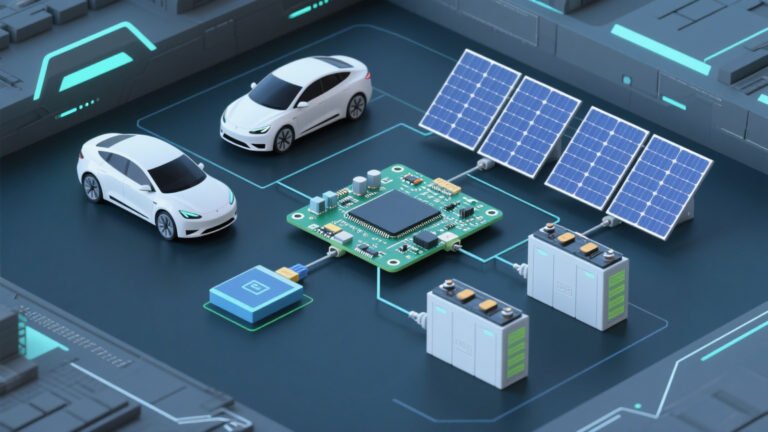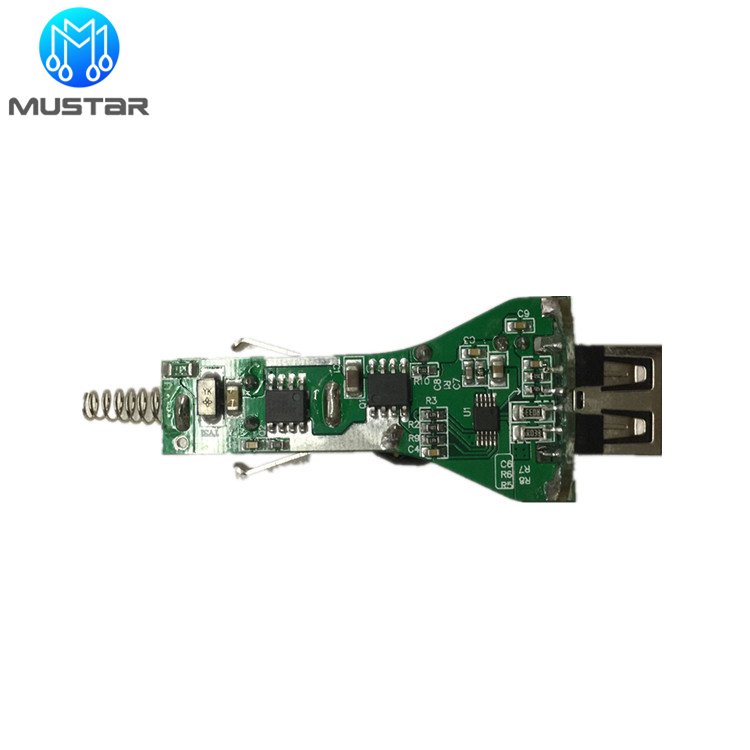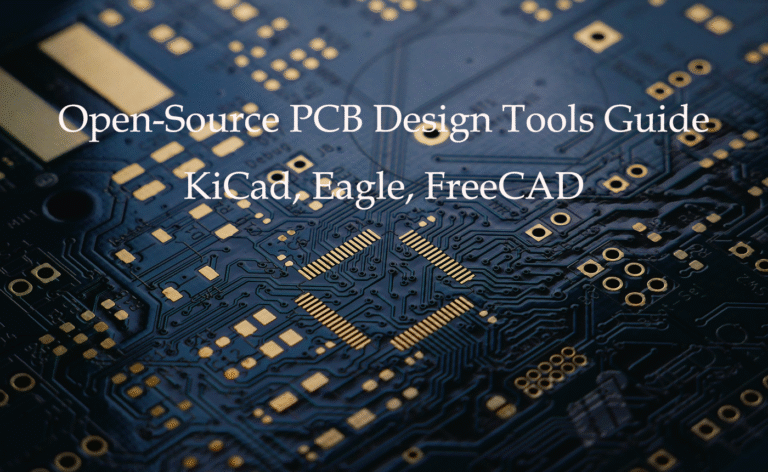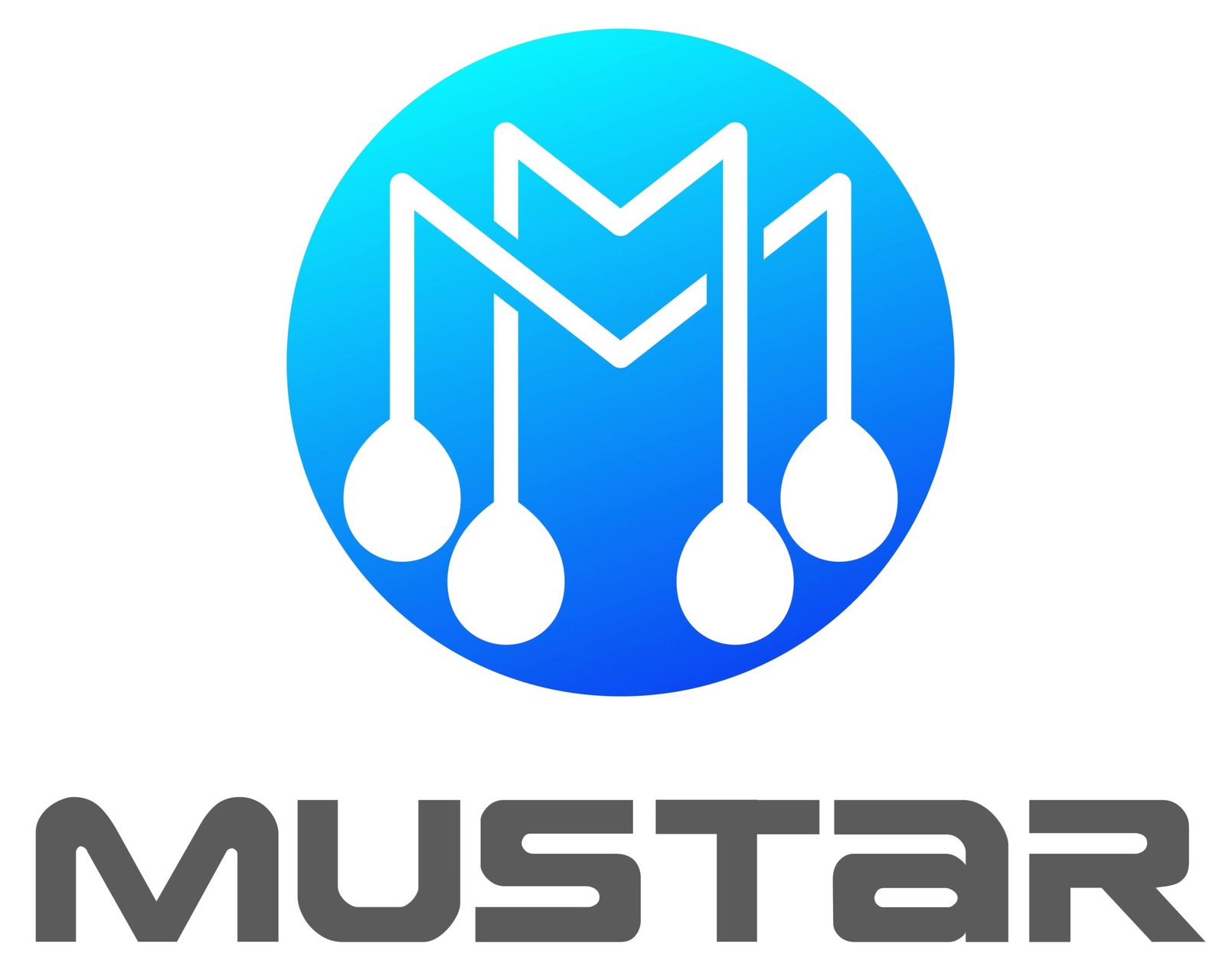| Year | Market Size (USD Billion) | Growth Rate (CAGR %) |
|---|---|---|
| 2024 | $1.7 | — |
| 2025 | $1.85 (estimated) | 8.5% |
| 2030 | ~$3.0 (projected) | 8.5% |
| 2035 | $4.4 | 8.5% |
The electric vehicle charging market is booming! Therefore, EV charger PCBA solutions have become more important than ever before. In fact, the global EV PCB market will grow from $1.7 billion to an impressive $4.4 billion by 2035. Moreover, this represents a steady 8.5% annual growth rate that shows no signs of slowing down.
As a result, manufacturers need reliable and high-quality EV charger PCBA solutions to meet this growing demand. Furthermore, choosing the right PCBA partner can make or break your EV charging project’s success.
Contents
- What is EV Charger PCBA and Why It Matters
- AC vs DC EV Charger PCBA
- Essential Design Requirements for EV Charger PCBAs
- EV Charger PCBA Manufacturing Best Practices
- Common EV Charger PCBA Challenges and Solutions
- Market Trends and Future of EV Charger PCBAs
- Why Choose Professional EV Charger PCBA Manufacturing
- Frequently Asked Questions About EV Charger PCBAs
- Conclusion
What is EV Charger PCBA and Why It Matters
First, let’s understand what EV charger PCBA actually means. A PCBA (Printed Circuit Board Assembly) serves as the brain of every EV charger. Additionally, it controls power flow, manages safety systems, and handles communication between the charger and vehicle.
Most importantly, the EV charger PCBA includes several key components:
- Microcontrollers – Control charging processes and safety features
- Power management circuits – Handle electrical current safely
- Communication modules – Enable smart charging features
- Safety relays – Protect against electrical faults
- Sensors – Monitor temperature, current, and voltage
💡 Pro Tip: Quality PCBA design directly impacts charging speed, safety, and reliability. Therefore, investing in professional EV charger PCBA solutions saves money in the long run.
Furthermore, quality PCBA is critical for charging safety and efficiency. Without proper design, chargers can overheat, fail prematurely, or even pose safety risks. As a result, working with experienced manufacturers like Mustar ensures your EV charger meets industry standards.
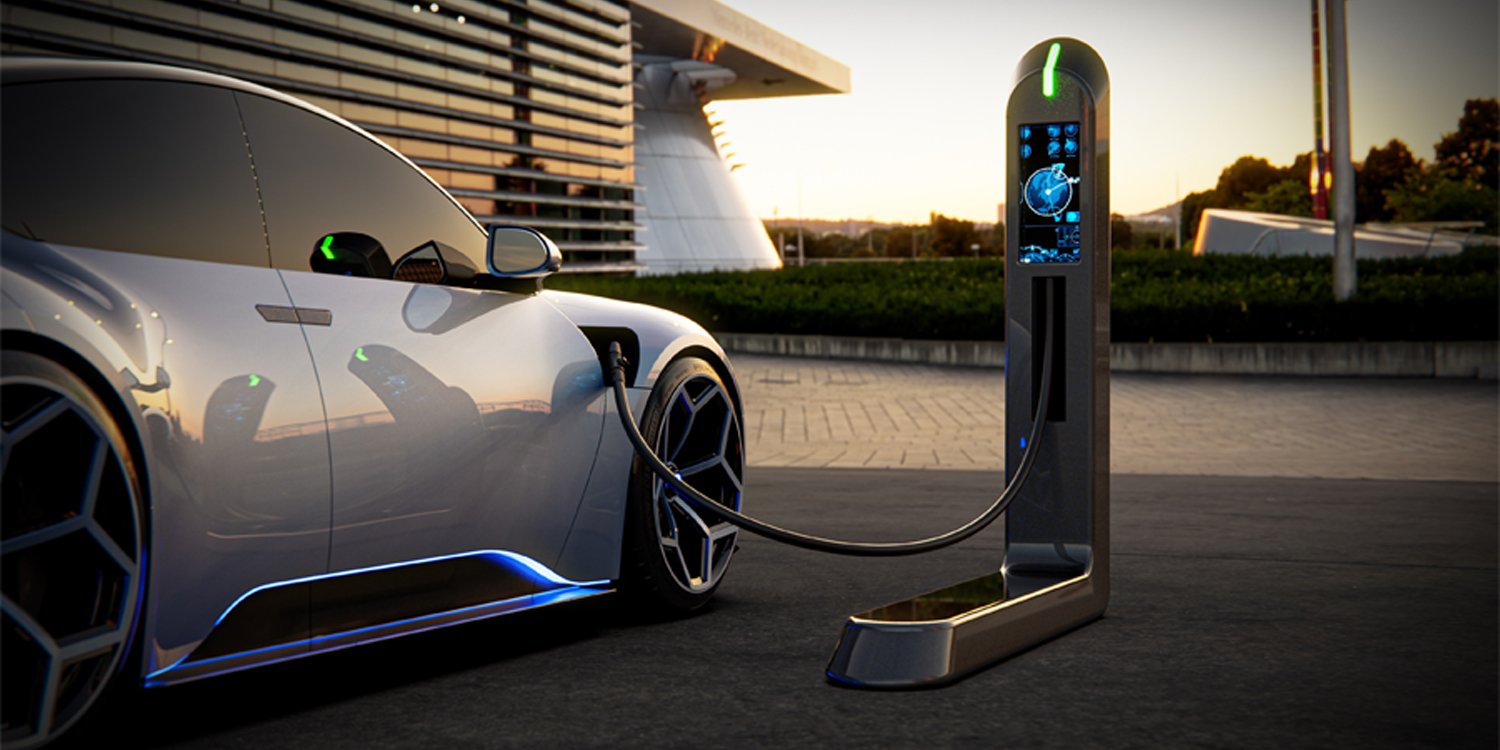
AC vs DC EV Charger PCBA: Key Differences You Need to Know
Next, it’s important to understand that different charger types require different EV charger PCBA solutions. In particular, AC and DC chargers have unique design requirements and challenges.
| Feature | AC Charger PCBA | DC Charger PCBA |
|---|---|---|
| Power Conversion | Relies on vehicle’s onboard charger | Includes integrated power converters |
| Complexity | Simpler design, fewer components | Complex design, more components |
| Power Handling | 3.7kW to 22kW typically | 50kW to 350kW or higher |
| Thermal Management | Moderate heat dissipation needs | Advanced cooling systems required |
| Cost | Lower manufacturing cost | Higher due to complexity |
Consequently, AC charger PCBAs handle alternating current and typically rely on the vehicle’s onboard charger for power conversion. On the other hand, DC charger PCBAs include integrated power converters that supply direct current directly to the battery.
Moreover, DC EV charger PCBA solutions require more complex designs to handle higher power and thermal loads. Therefore, they need advanced materials and sophisticated thermal management systems.
Essential Design Requirements for EV Charger PCBAs
Now, let’s explore the critical design considerations for successful EV charger PCBA solutions. Indeed, these requirements determine whether your charger will be safe, reliable, and market-ready.
| Design Consideration | Description |
|---|---|
| Power Handling Capabilities | Optimized PCB layout and components to handle high current loads safely |
| Thermal Management | Use of heat sinks, thermal vias, and cooling systems to dissipate heat |
| Electromagnetic Compatibility (EMC) | PCB layout and shielding to minimize interference |
| Control & Communication Protocols | Integration of microcontrollers and communication interfaces for smart charging |
| Cybersecurity & Data Protection | Secure protocols and encryption to protect connected systems |
| Mechanical & Environmental | Design for temperature, humidity, vibration, and weather resistance |
Source: RayPCB Industry Analysis, 2024
Power Handling and Trace Optimization
First and foremost, EV charger PCBAs must handle high electrical currents safely. Therefore, trace width calculations and copper thickness become critical factors. Additionally, proper component placement prevents electrical stress and hot spots.
Thermal Management Solutions
Furthermore, effective thermal management prevents overheating and extends PCBA lifespan. As a result, designers use thermal vias, heat sinks, and specialized materials. Moreover, advanced cooling systems help maintain optimal operating temperatures.
Cybersecurity Considerations
Most importantly, modern EV chargers connect to networks for remote monitoring and control. Therefore, EV charger PCBA solutions must incorporate secure communication protocols and encryption. Additionally, access control features protect against cyber threats and ensure data privacy.
“Cybersecurity in EV charging infrastructure is not optional—it’s essential for protecting both user data and grid stability.” – NIST Cybersecurity Framework
EV Charger PCBA Manufacturing Best Practices
Next, let’s examine the manufacturing best practices that ensure high-quality EV charger PCBA solutions. Indeed, following these practices separates professional manufacturers from amateur ones.
| Best Practice | Description |
|---|---|
| Component Selection | High-quality, reliable parts for durability and performance |
| Precise PCB Layout | Optimized trace widths and component placement for efficiency |
| Advanced Assembly Methods | Techniques like reflow soldering and conformal coating |
| Rigorous Testing | Functional and environmental stress testing to ensure reliability |
| Traceability & QC | Detailed documentation for quality control and issue resolution |
Component Selection and Sourcing
First, professional manufacturers like Mustar maintain relationships with over 200 global suppliers. As a result, they ensure 100% BOM compliance and suggest cost-saving alternatives when needed. Furthermore, experienced sourcing engineers with 10+ years of experience guarantee component quality and availability.
Advanced Assembly Techniques
Moreover, modern EV charger PCBA manufacturing uses advanced techniques like reflow soldering and conformal coating. Additionally, specialized SMT lines dedicated to automotive applications ensure higher quality standards. Therefore, these techniques improve reliability and extend product lifespan.
Quality Control and Testing
Most importantly, rigorous testing ensures EV charger PCBA solutions meet safety and performance requirements. Consequently, manufacturers use ICT (In-Circuit Testing), FCT (Functional Circuit Testing), and environmental stress testing. Furthermore, 3D X-Ray inspection and AOI (Automated Optical Inspection) catch defects early in the process.
Common EV Charger PCBA Challenges and Solutions
Now, let’s address the most common challenges in EV charger PCBA development. Indeed, understanding these challenges helps you choose the right manufacturing partner.
Managing High Power and Heat Dissipation
First, high-power applications generate significant heat that can damage components. Therefore, effective thermal management becomes critical for reliability. Additionally, proper PCB layout with thermal vias and heat sinks helps distribute heat evenly.
Solutions include:
- Metal-core PCBs for better heat dissipation
- Thermal interface materials between components
- Strategic component placement away from heat sources
- Active cooling systems for high-power applications
Ensuring Safety Compliance and Fault Tolerance
Furthermore, EV charger PCBA solutions must meet strict safety standards like UL, CE, and automotive certifications. Moreover, fault tolerance features protect against electrical failures and user safety risks.
Key safety features include:
- Ground fault protection circuits
- Overcurrent and overvoltage protection
- Emergency stop functionality
- Insulation monitoring systems
Addressing Electromagnetic Interference
Additionally, EMI/EMC compliance ensures chargers don’t interfere with other electronic devices. As a result, proper PCB layout, shielding, and filtering become essential design considerations.
✅ Success Story: Mustar has helped over 100 automotive electronics enterprises overcome these challenges through reliable EV charger PCBA solutions and expert engineering support.

Market Trends and Future of EV Charger PCBAs
Looking ahead, several exciting trends are shaping the future of EV charger PCBA solutions. Therefore, staying informed about these developments helps you make better business decisions.
Market Growth Statistics and Projections
As shown in our opening table, the EV PCB market is experiencing remarkable growth. In fact, the market will more than double from $1.7 billion in 2024 to $4.4 billion by 2035. Moreover, this growth is driven by increased EV adoption, government incentives, and technological advances.
Additionally, key market drivers include:
- Government policies – Supporting EV infrastructure development
- Technology improvements – Faster charging and better efficiency
- Cost reductions – Making EVs more affordable for consumers
- Environmental awareness – Growing demand for sustainable transportation
Emerging Technologies in EV Charger PCBAs
Furthermore, several emerging technologies are revolutionizing EV charger PCBA solutions:
High-Density Interconnect (HDI) PCBs
First, HDI technology enables smaller, more compact charger designs. Therefore, manufacturers can pack more functionality into smaller spaces while improving performance.
Flexible and Rigid-Flex PCBAs
Moreover, flexible PCBs allow for innovative designs that fit into tight spaces. As a result, charger manufacturers can create more ergonomic and space-efficient products.
Embedded Components Technology
Additionally, embedding components directly into the PCB substrate reduces size and improves reliability. Therefore, this technology is perfect for high-power EV charger PCBA solutions.
Regional Market Insights
Finally, different regions show varying growth patterns. For instance, Asia-Pacific leads in manufacturing volume, while North America and Europe focus on innovation and standards development. Therefore, global manufacturers like Mustar position themselves to serve all major markets effectively.
Why Choose Professional EV Charger PCBA Manufacturing
Now, let’s discuss why working with professional manufacturers makes all the difference for your EV charger PCBA solutions. Indeed, the right partner can accelerate your time-to-market and ensure product success.
Benefits of Working with Experienced Manufacturers
First, experienced manufacturers bring deep industry knowledge and proven processes. Additionally, they understand the unique challenges of EV charging applications and have solutions ready.
Key benefits include:
- Faster development cycles – Proven design patterns and processes
- Better quality control – Advanced testing and inspection equipment
- Cost optimization – Efficient manufacturing and component sourcing
- Technical support – Expert engineering assistance throughout the project
- Scalability – Ability to handle both prototypes and volume production
Quality Certifications and Their Importance
Moreover, professional manufacturers maintain critical certifications for EV charger PCBA solutions. Therefore, these certifications ensure your products meet international standards and regulatory requirements.
Essential certifications include:
- ISO9001 – Quality management systems
- IATF16949 – Automotive quality standards
- ISO13485 – Medical device quality (for advanced diagnostics)
- UL certification – Safety standards compliance
- CE marking – European conformity requirements
- RoHS compliance – Environmental protection standards
Custom Solutions and Rapid Prototyping
Furthermore, professional manufacturers offer custom EV charger PCBA solutions tailored to your specific needs. Additionally, rapid prototyping capabilities allow you to test and refine designs quickly.
For example, Mustar offers PCB sample production in as fast as 4 to 8 hours. As a result, you can validate designs and make improvements much faster than traditional methods.
“Working with Mustar’s engineering team provided excellent technical assistance and support throughout our EV charger development project. Their expertise in automotive electronics made all the difference.” – Client Testimonial
Frequently Asked Questions About EV Charger PCBAs
Finally, let’s address the most common questions about EV charger PCBA solutions. These answers will help you make informed decisions for your projects.
What is a PCBA in an EV charger?
A PCBA (Printed Circuit Board Assembly) in an EV charger is the core electronic component that manages power distribution and controls charging processes. Additionally, it ensures communication between the charger and the vehicle while maintaining safety systems.
What are the main differences between AC and DC EV charger PCBAs?
AC charger PCBAs handle alternating current and typically rely on the vehicle’s onboard charger for power conversion. On the other hand, DC charger PCBAs include integrated power converters that supply direct current directly to the battery. Therefore, DC PCBAs require more complex designs to handle higher power and thermal loads.
Why is thermal management important in EV charger PCBAs?
Because EV chargers handle high electrical currents, they generate significant heat. Therefore, effective thermal management through heat sinks, thermal vias, and cooling systems is critical. Moreover, proper thermal design prevents overheating and extends the lifespan of the PCBA.
How does cybersecurity relate to EV charger PCBAs?
Modern EV chargers are often connected to networks for remote monitoring and control. Therefore, PCBAs must incorporate secure communication protocols, encryption, and access control. Additionally, these security features protect against cyber threats and ensure data privacy.
What is the market outlook for EV charger PCBAs?
The global PCB market for EVs was valued at $1.7 billion in 2024 and is expected to grow at a CAGR of 8.5%. Furthermore, it will reach $4.4 billion by 2035, driven by increased EV adoption and advances in charging technology.
What materials are commonly used in EV charger PCBAs?
Common materials include FR4 (standard epoxy resin), metal-based PCBs for heat dissipation, and ceramic PCBs for high-frequency applications. Additionally, flexible and rigid-flex PCBs are used for compact and innovative designs.
💡 Expert Tip: For more detailed technical specifications and custom EV charger PCBA solutions, consult with experienced manufacturers who understand your specific requirements and industry standards.
Conclusion: Power Your EV Charging Success with Professional PCBA Solutions
In conclusion, the future of electric vehicle charging depends on high-quality EV charger PCBA solutions. Moreover, with the market growing from $1.7 billion to $4.4 billion by 2035, now is the perfect time to invest in professional PCBA manufacturing.
Throughout this guide, we’ve covered the essential aspects of EV charger PCBAs:
- Design requirements – From power handling to cybersecurity
- Manufacturing best practices – Quality control and advanced assembly
- Common challenges – And proven solutions to overcome them
- Market trends – Emerging technologies and growth opportunities
- Professional manufacturing benefits – Why expertise matters
Most importantly, choosing the right manufacturing partner can make or break your EV charging project. Therefore, working with experienced manufacturers like Mustar ensures your products meet industry standards, perform reliably, and succeed in the competitive market.
Ready to Start Your EV Charger PCBA Project?
Get professional EV charger PCBA solutions from industry experts with 25+ years of experience. From concept to production, we’re your trusted partner for success.
✅ Free design consultation and feasibility analysis
✅ Rapid prototyping in 4-8 hours
✅ Full turnkey service from PCB to final assembly
✅ Industry certifications including IATF16949 and ISO9001
About Mustar: Established in 1998, Mustar is a leading turnkey PCBA manufacturer with 25+ years of experience, 600+ employees, and a 12,000+ square meter facility in Shenzhen, China. We specialize in high-precision EV charger PCBA solutions for automotive, medical, and new energy applications.
External Resources and Further Reading:
- 🔗 IEA Global EV Outlook 2025 – Latest electric vehicle market trends
- 🔗 NIST Cybersecurity Framework – Security standards for connected devices
- 🔗 UL EV Charging Standards – Safety certification requirements
- 🔗 SAE J1772 Standard – EV charging connector specifications
- 🔗 ISO 15118 Standard – Vehicle-to-grid communication protocol
Mustar projects:

